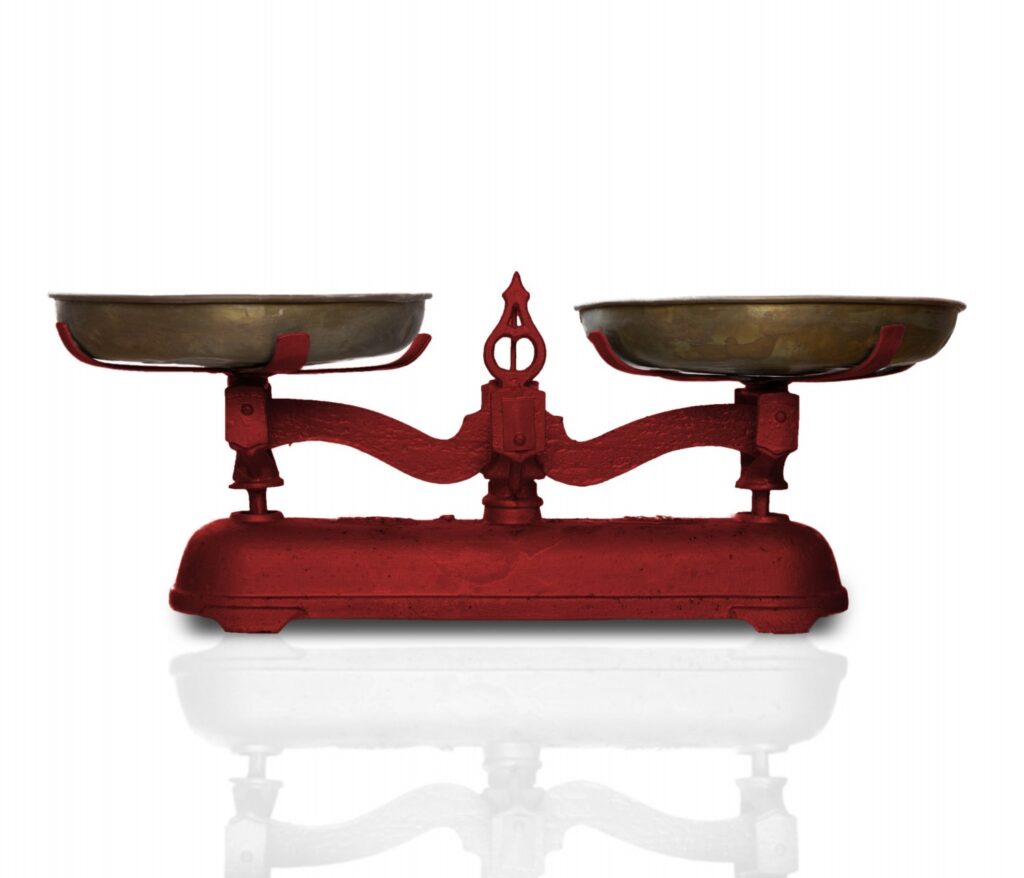When it comes to measuring weight, accuracy is key, and a balance scale is one of the most reliable tools for this purpose. Whether you’re measuring ingredients in the kitchen, tracking body weight, or working in a scientific lab, understanding how to properly use a balance scale can make all the difference.
This beginner’s guide will walk you through everything you need to know to get the best results from your balance scale.
What is a Balance Scale?
A balance scale is a device used to measure the weight or mass of an object by comparing it to a known weight. It works based on the principle of balancing two objects of equal mass. Traditionally, balance scales use a beam with two pans where weights are added to one pan until it is balanced with the item being measured on the other pan.
How Does a Balance Scale Work?
The main principle behind a balance scale is the concept of equilibrium. When you place an object on one side of the scale, the beam will tilt. You then add known weights to the opposite side until the beam is level. Once the beam is balanced, the total weight on the pan is equal to the weight of the object on the other side.
Many balance scales are equipped with a set of weights or calibrated increments to help you get an accurate measurement. The goal is to achieve perfect balance, where both sides are equal. This is why balance scales are considered so accurate—they’re designed to eliminate the guesswork.
Why Should You Use a Balance Scale?
1. Accuracy in Measurement
One of the biggest advantages of using a balance scale is its accuracy. Unlike digital scales, which can sometimes be affected by small errors or require frequent calibration, balance scales measure weight by direct comparison, which ensures a precise result.
2. Great for Various Applications
Balance scales are versatile. They can be used for everything from weighing ingredients while cooking to measuring small objects for scientific experiments. In addition, they are often more durable and long-lasting than digital models, which might wear out over time.
3. No Need for Batteries
Another benefit of using a balance scale is that it doesn’t require batteries to operate. This makes it a reliable choice in situations where you don’t have access to power or in remote areas where electricity might be an issue.
Tips for Using a Balance Scale Correctly
1. Calibrate Your Scale Regularly
Even though balance scales are generally very accurate, it’s important to calibrate them regularly. This ensures that the scale is providing precise measurements each time you use it. Calibration involves adjusting the scale so that the beam is level when no weight is placed on it. Follow the manufacturer’s instructions for calibration.
2. Use the Right Weights
When you use a balance scale, always make sure to use accurate weights. If you’re measuring small objects, use known standard weights. Avoid using makeshift items like coins or random objects, as they can lead to inaccurate readings.
3. Handle with Care
Balance scales can be delicate, especially when handling smaller, more sensitive measurements. Always place the object gently on the scale and make sure the scale is on a flat surface to avoid any tilting or inaccurate readings.
Conclusion
Using a balance scale can be a simple yet effective way to measure weight accurately. By following these basic guidelines and tips, you can ensure that you get the best results every time.
Whether you’re measuring ingredients, checking body weight, or using it for lab work, mastering the balance scale will make your measurements more precise and reliable.

